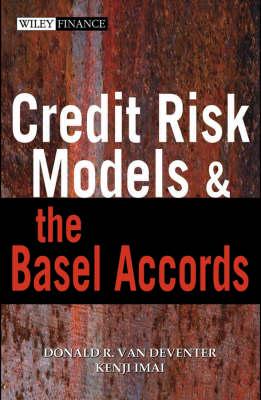Credit risk models and the basel accords
- ISBN: 9780470820919
- Editorial: John Wiley & Sons Limited
- Fecha de la edición: 2003
- Lugar de la edición: Hoboken. Estados Unidos de Norteamérica
- Encuadernación: Cartoné
- Medidas: 23 cm
- Nº Pág.: 270
- Idiomas: Inglés

The Bank for International Settlements is only 1-2 years away from effectively requiring all major financial institutions in the world to use a sophisticated credit models. The most widely used model is based on the 1974 Merton model of risky debt. A more recent extension of the Merton model of risky debt is the Shimko, Tejima and van Deventer (1993) model, which allows for simultaneous analysis of credit risk and interest rate risk. Increasingly, however, bankers are turning to a newer class of models called reduced form credit models because of their analytical power for both complex derivatives like credit derivatives and the mark to market of loans on a credit adjusted basis. The Basel Capital Accords place a heavy emphasis on financial institutions' ability to assess credit risk. In this book, two of the world's best-known risk management experts assess both the Merton model and reduced form credit models and show exactly how to measure model performance as the Basel Accords require. They use the same tests to assess the likely effectiveness of the Basel Capital Accords in measuring the safety and soundness of financial institutions. The authors go into great detail in assessing the ability of leading credit models to evaluate collateralized debt obligations, loan commitments, collateralized loans, as well as retail and small business loan portfolios. Credit Risk Models and the Basel Accords reviews the objectives of the credit risk management process, introduces the theory of the Merton and reduced form credit models, shows how the models can be used in practice, and then examines a wide range of historical data to show the relative performance of the models in practice. This book offers a balanced review of the newer reduced form models and the older Merton model. It is an invaluable guide for financial institutions striving to meet the requirements of the new Basel Accord. It is a book that thoroughly reviews the pros and cons of both classes of credit model






